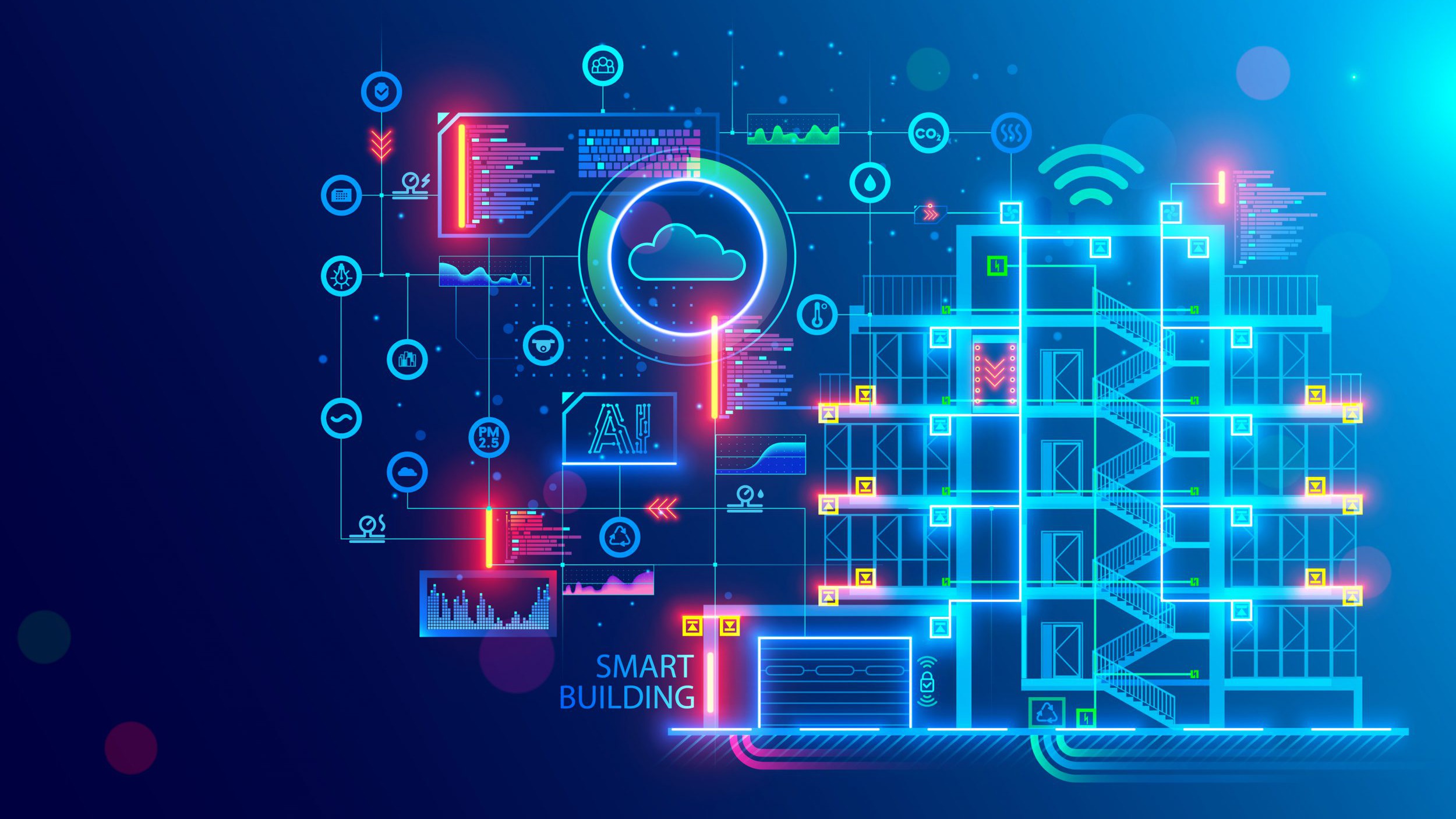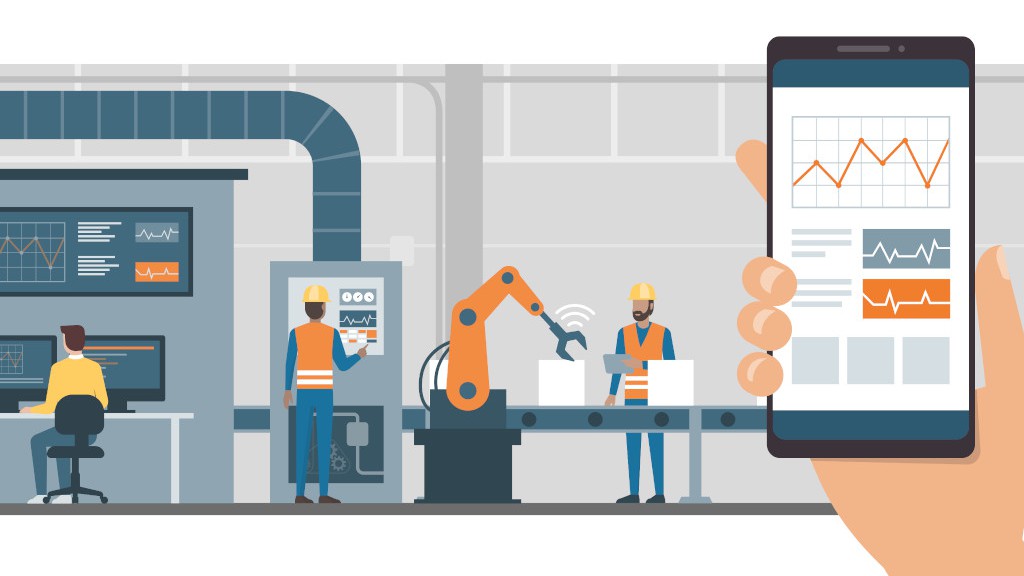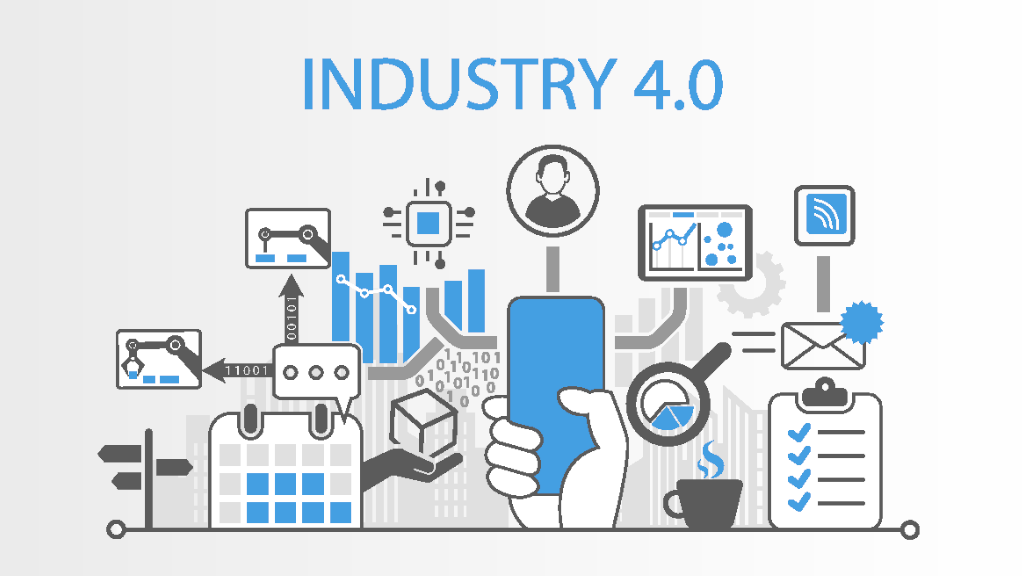Factories, warehouses, and construction sites are some of the most dangerous work environments in the world. The World Health Organization (WHO) and International Labour Organization (ILO), in a 2016 report on work-related disease and injuries, estimates nearly two million have succumbed to occupational hazards. Interestingly, that figure, taken from 2000 through 2016, shows a decrease in work-related deaths by 14 percent. Part of that drop may be attributed to improvements in workplace health and safety, the report says.
“International labour standards and WHO/ILO tools and guidelines give a solid basis to implement strong, effective and sustainable occupational safety and health systems at different levels,” Vera Paquete-Perdigao, Director of the Governance and Tripartism Department at ILO, said in reaction to the report. “Following them should help to significantly reduce these deaths and disabilities.”
So a follow-up question becomes: “what can we all do to improve the lives of our workers even more, while at the same time maintaining ﹘ or even increasing ﹘ productivity?” For this blog post, we cover how grounded, real-world tech like industrial panel PCs and interconnected devices can be used to ensure safety, security, and a comfortable working environment.
Integrated Sensors Sense Worker Safety
Article Guide
Improving worker safety is the number one method for improving factory conditions. Bluntly, workers must feel like they are not in danger of serious harm every time they step onto the work site. The COVID-19 pandemic, the subsequent lockdown, and the current worker shortage have only magnified the feeling.
Luckily, technology has always had a place in reducing the risk of catastrophic injury and death. And even more fortunately, it is readily available, if not already deployed in your worksite in some capacity.
Internet of Things (IoT), as part of Smart Manufacturing, as an example, can reassure workers by keeping them abreast of the air quality in the facility. And with good reason. WHO/ILO reports 450,000 deaths alone can be attributed to exposure to air pollution (e.g., particulate matter, gases, and fumes) in the workplace.
Air quality sensors come in a dozen different styles and thresholds. By having them scattered about the workplace, pollutants like dust, carbon dioxide, smoke, dangerous particulates, noxious fumes, and other airborne toxins can be tracked and fed to the nearest industrial computer or tablet. All that data can then be monitored by supervisors and workers, who can then send alerts through personal devices, mounted speakers, or other customizable methods. That way, everyone is warned when the air has become too toxic. Such information can not only reassure workers of their safety, but such actions have actually been proven to make them actively work harder to reduce air toxins.
Radiation, extreme temperatures, dangerous vibration, and deadly chemicals are other hazards that can be detected by such IoT sensors.
Reduce Stress By Preventing Breakdowns
Did you know your brain shrinks when you’re feeling stressed? That is one of the findings from a study on stress by Yale University. And nearly a third of the study’s participants pointed to their jobs as the source of extreme stress. While the study showed the brains rebounding, the fact is stress can ﹘ and does ﹘ have an extremely unhealthy effect on everyone. It can even lead to physical accidents through loss of focus or simple exhaustion.
In fact, it has been proven that not only does stress increase the chance of accidents, it also leads to greater absenteeism for workers, which can, in turn, lead to compounded stress for those other workers left to pick up the slack. Which leads to a greater chance of accidents … even more absenteeism … you get the idea.
So wouldn’t it be great if there was a way to predict “stress points” in a factory and stop it? That is what predictive maintenance aims to do. The right industrial computer, using artificial intelligence and IoT, can use past data to predict when a machine will create a bottleneck and cause a slowdown, suffer from a malfunction, or even break down completely. Stress is reduced across the board since employees can see this data via an HMI touch screen computer, and make changes and repairs before any problem arises. Production is preserved, the managers are happy, and the worker gets the satisfaction of working proactively to save the day.
Getting Employee Feedback
There is a wealth of knowledge on the factory floor. This makes sense since it is where workers congregate to solve problems, overcome challenges, and improve their skill sets. Unfortunately, many workers are scared to provide feedback when asked by upper management, worrying about workplace retaliation (and with good reason).
Anonymous feedback programs from companies like Symphony Talent (ST) can help alleviate such misgivings. These programs, which work right on an industrial tablet, industrial workstation, or even on a smartphone, can be configured to give employees regular surveys to get feedback while at the same time obscuring their identities, making them feel safe to share their honest experiences.
Saving Time During Clock-In
You would think the days of the punch card and time clock were long gone. Sorry, but you’re wrong. There are plenty of factories, manufacturing plants, and work sites that rely on such antiquated means for tracking hourly employees.
So what’s the problem? When every employee has to line up for a single time clock (or even a single digital workstation) to check in every morning, lunch, and evening, you’ve got a problem. They become “late” because they are waiting in line, or cut their precious lunch break short to clock back in “on time”. Such actions lead to resentment, frustration, and even anger which could result in less productivity.
A few industrial computers or industrial tablets equipped with a biometric scanner, CAC, or RFID scattered around the worksite can prevent such conditions.
CP Industry Holdings, Inc. sought such a feature. The Pennsylvania-based company, which manufactures seamless pressure vessels and steel cylinders, was looking to upgrade its ERP system. Previously, employees checked in via a biometric fingerprint scanner. Unfortunately, it failed to work 50 – 60 percent of the time, forcing multiple attempts by employees to log in and out. Thankfully, they found a vendor whose industrial panel PC and rugged industrial tablet not only withstood the harsh conditions of the manufacturing site, but had built-in RFID readers to make the clock-in process a breeze.
Work Smarter, Not Harder
Productivity, human happiness, and safety don’t have to be mutually exclusive. Many work environments can be easily improved through the careful application of technology to improve worker safety, reduce stress, get feedback, and save time.
Contact a Cybernet expert today and learn more about deploying and using industrial computers to streamline your factory.
How Industry 4.0 Can Make HVAC Factory Friendly
June 21, 2021
Many people see being an HVAC (short for Heating, Ventilation, and Air Conditioning) technician the same way they see being a plumber – a blue-collar trade for people looking for a career path that doesn’t…
0 Comments12 Minutes
Why Your Factory Needs Wireless Industrial Automation
June 6, 2019
Manufacturing plants can be a twisted snarl of machines, conveyor belts, robots, and cables. These busy floors become hard to navigate and nearly impossible to troubleshoot: if the line goes down, it becomes a titanic…
0 Comments9 Minutes
What the Fourth Industrial Revolution Means for Your Factory
November 5, 2019
“Fourth Industrial Revolution” is a term being thrown around frequently in smart factory, automation, and general manufacturing circles, but what does it mean for the owners and operators on the ground? Does the…
0 Comments9 Minutes
You Can't
Learn from a Pop-up
But we can deliver knowledge to your inbox!
We dive deep in the industry looking for new trends, technology, news, and updates. We're happy to share them with you.
Knowledge, News, and Industry Updates Right in Your Inbox





